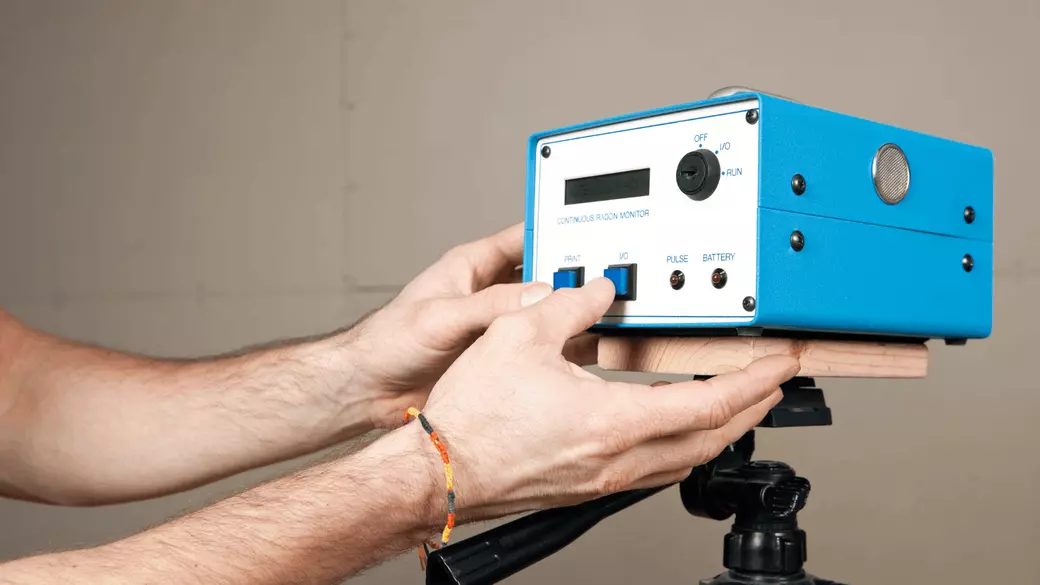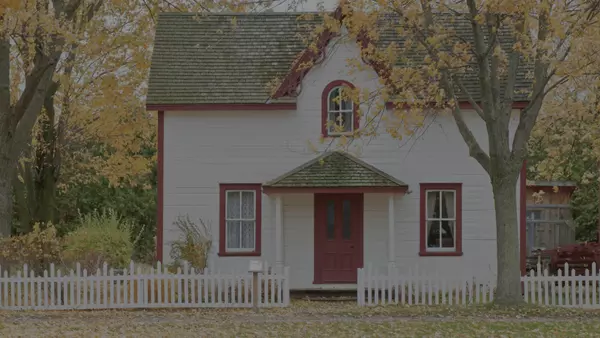Radon | The Invisible Killer (and what to do about it)

January is the EPA's National Radon Action Month, a time to raise awareness about the risks of radon exposure and the steps you can take to protect yourself and your loved ones. Radon is a radioactive gas that’s colorless, odorless, and tasteless. It is produced naturally by the decay of uranium, radium, and thorium found in soil and rocks. While invisible, radon poses a significant health risk if left unchecked.
How Radon Affects Your Health
Radon is a leading cause of lung cancer in nonsmokers and is responsible for about 21,000 deaths annually in the United States. When radon gas is inhaled, its radioactive particles can damage the DNA in the cells lining your airways, potentially leading to lung cancer. Exposure often occurs silently over many years, making it even more crucial to test for radon and address high levels promptly.
How Radon Enters Buildings
Radon seeps into buildings through cracks in floors and walls, gaps in construction materials, and spaces around pipes, drains, windows, and cables. Once inside, it can accumulate to dangerous levels, particularly in areas with poor ventilation, such as basements and crawl spaces. Schools, homes, and offices can all be affected, regardless of their age or location.
Where Radon Levels Are Highest
Radon levels tend to be highest in places with minimal ventilation, including mines, caves, and water treatment facilities. In residential and commercial buildings, confined spaces like basements and lower floors are particularly vulnerable. Testing is essential to determine the radon levels in your specific environment.
How to Test and Reduce Radon Levels
The U.S. Environmental Protection Agency (EPA) recommends reducing radon levels if they exceed 4.0 picocuries per liter of air (µCi/L). Testing your home is simple and inexpensive, with DIY kits readily available or professional services that can provide more detailed assessments. If high levels are detected, mitigation systems can be installed to reduce radon and protect your health.
Take Action During National Radon Action Month
January is the perfect time to educate yourself and your community about radon risks. Here are some practical steps you can take:
-
Test Your Home: EPA and the U.S. Surgeon General recommend testing all homes, as radon exposure can occur anywhere.
-
Learn and Share: Educate yourself about radon and share information with family, friends, and neighbors.
-
Consider Radon-Resistant Construction: Builders can incorporate radon-resistant techniques into new homes, providing safer environments for families.
Why Addressing Radon Matters
Radon exposure is a preventable health risk. With simple testing and mitigation, you can significantly reduce the danger it poses to your household. By taking action this January and encouraging others to do the same, you contribute to a healthier and safer community.
For more information, resources, and tools to get started, visit the EPA’s website and explore their free publications and radon toolkits. Don’t let this invisible killer go unnoticed—test your home and protect what matters most. --- JRL
Categories
Recent Posts











